|
Building and maintaining a culture of philanthropy is hard work. It is deep work that takes years to build and moments to destroy. But having a healthy culture of philanthropy makes work more fun and makes fundraising easier. It’s worth having a periodic check-up to assess how your institution is doing.
Answer these questions for your institution: Board Support
Staff Support
Alumni support (or Grateful Patient support)
Fun Factor
Communications
Stewardship and Donor Relations
Other questions to think about:
How did you feel about the assessment? Where are you doing well? Where should you improve? As always, comments and questions are welcome and encouraged! Cheers, Jessica PS - If you liked this post, you might also like these:
PPS - If you found this article helpful, please comment and let me know. Also subscribe to Real Deal Fundraising so you don't miss a post! You'll get my guide to Call Center Games for Free! Tis the Season for Strategic Planning! Now is the time of year that many higher education fundraisers are doing two things:
I totally understand you are busy. Trust me. Between travel, work, and personal responsibilities, I’m stretched too. But, I think you should consider one more project: a benchmarking study. It's the missing piece of your strategic planning process. A benchmarking study is a survey of peer organizations that will give you insightful information about what your program should be doing. I assure you that this process doesn’t take long. The data you obtain will be so useful to you, I guarantee you that you will not regret investing the time. A benchmarking study can help you:
How do I get started? I have no time for this… This doesn’t have to take a long time. If you employ an intern or student worker, have them help you with the process. The first phase of identifying your peer institutions is the hardest part. Just hang with me and you'll find you can fit this in and that the long term benefits (to your institution and your own career) are worth it. Here’s the 5 phase process for doing a benchmarking study:
Phase 1: Research List your “peer institutions”. You know at least some of them. They might be your in-state rivals or other nearby institutions of similar size, age and student population. Your peer institutions are the ones that your boss always asks about in meetings: “What is XYZ College doing in this area?” Note: There is a big difference between a peer institution and an aspirant institution. An aspirant institutions is one that your institution wants to be like but isn’t. They are a significant level-up from you. They may have 50-100 years more institutional history, a much larger endowment, a larger student body or other significant indicators that make them just a bit beyond your organization. Sometimes leadership or volunteers believe a rival institution is a peer institution when it is actually a aspirant institution. When I was at Southern Miss, we were frequently compared with Mississippi State and Ole Miss, but Southern Miss is actually much more like Eastern Carolina University or the University of Memphis than either of those in-state rivals. It’s a bit dangerous to confuse an aspirant institution with a peer institution. You would be comparing apples to papayas. However, you can include them in your study because they are a great source of inspiration and ideas. Just mark them clearly in your data as aspirant and understand that they will likely have bigger budgets and bigger results. If you only can come up with a few institutions, do some internet searches to find similar organizations. You might google, “liberal arts colleges more than 100 years old” or “southern universities with endowments of less than $100 Million”. I recommend you have a list of 10-12 peer institutions and perhaps 3-5 aspirant institutions because not all the institutions will respond. Once you have a short list of potential peer and aspirant institutions, you (or your intern) should do a bit of research. You need to identity the equivalent program director at those places. For example, if your study is for annual giving, you will want to find the Director of Annual Giving at each place on your list. Record this staffer’s name, title, phone and email address in a spreadsheet. Phase 2: Create survey I recommend you ask a mixture of questions in these categories:
You can follow this process to design your survey for any area of development but here is what I’ve used before for annual giving. Annual Fund Questionnaire
Phase 3: Solicit participation Take your own survey for your institution putting in your data and make sure each question is clear and makes sense. When you do this, time yourself, so you have an accurate range of how long this will take. Construct an email to the staffers you recorded contact info for in Phase 1. Let them know that you would love for them to participate and the survey will only take XX minutes. (I would recommend that it take no longer than 15 minutes.) Then, and this is important, tell them that you will share the results of the survey with them to benefit their program as a thank you for their participation. Provide a deadline and let them know that you’ll remind them closer to the deadline. Keep your window not longer than 2 weeks out, otherwise there is no urgency to participate. Remind them 4-5 days later if they haven’t participated and again closer to the deadline. You can even through in a phone call 3 days before the deadline, especially if there is a school that you need feedback from for political reasons. Phase 4: Analysis Review your survey results, noting where your institution does well and where you fall short. What are the great ideas that stick out? What resources do other organizations have that you don’t? How might you get access to those resources? Compose your results into an executive summary sheet of 1-3 pages that can be included with your strategic plan or sent to relevant stakeholders as a stand-alone report. This report will be for your institution. You'll also need to consolidate and package up the raw survey results to send to your peer participants in Phase 5. Phase 5: Follow-Up Be professional and prompt with your follow up. Send a copy of every survey or the consolidated results to all survey participants. Do this within 2 weeks from the survey deadline. Thank them profusely and perhaps include an invitation to establish an on-going professional support relationship. Maybe you start a Facebook or LinkedIn group where you can compare data throughout the year on an ad-hoc basis. These relationships are of great value to your institution and to your own career. Conclusion This process shouldn’t be intimidating and when you are done with it, you will have some important tools in your strategic planning process. I did this exact process at The University of Southern Mississippi to prove my point that the annual fund had historically under-performed. The benchmarking study certainly showed the under-performance but it also showed similar institutions were raising so much more money, which meant there was no reason Southern Miss couldn’t do it too with strategy, consistency and investment. I’m happy to say that’s exactly what happened. I’m pleased to report the program has now exceeded the five year goals I set for it back in 2011-2012 when I did the benchmarking study. If you do this project, you’ll have some persuasive data to lobby for changes to your program. Plus, you’ll be seen as a self-starter not only in your office or institution but in the broader development community as well. It’s worth it. Have you undertaken a benchmarking study? Why or why not? What conclusions came out of your study? As always, comments and questions are welcome and encouraged! Cheers, Jessica PS - If you liked this post, you might also like these: PPS - If you found this article helpful, please comment and let me know. Also subscribe to Real Deal Fundraising so you don't miss a post! You'll get my guide to Call Center Games for Free!  When your team is working on your strategic plan, you’ll find that sometimes you will have a hard time imagining what environment you will be working in beyond 2 years or so. Here are two things you can truly be certain of: 1) If you don’t do anything different, things will not get better. 2) There will inevitably be a change in circumstance that you will not have been able to predict. Things will change in ways you don’t expect. Strategic planning should mostly be about things you can control. Actions you will take in order to increase revenue for your organization’s mission. But, an amazing strategic plan takes into account the unexpected. For instance, there is for most areas of the country, natural disasters of one kind or another that are likely to occur at some point. Where I live, it’s hurricanes and tornadoes. At the seminary I work for in California, it is earthquakes. Floods and fire can happen anywhere. Your strategic plan should think through how your organization will handle these kinds of emergencies. On the first level, there is preparedness. Do you back-up files regularly? Every employee should regularly back up key files on a thumb drive and those should be collected and kept at an off-site location (perhaps the CEO’s home). Your staff should regularly review emergency plans at staff meetings (once or twice per year) including contingencies for fire, tornado and active shooter incidents. This should also be part of any new employees’ orientation process. For instance, in every office at the seminary I work for, there is a 5 gallon bucket filled with earthquake supplies and the protocols are reviewed regularly with staff. The school estimates that it could take care of 100 people for up to 3 days if necessary. But, your fundraising strategic plan should go to another level with this preparedness. You should plan for how your staff will coordinate a response in the event of such a crisis and, if necessary, how you will mobilize quickly to maximize fundraising. Your constituents will want to help immediately if a disaster affects your organization. I got experience with this first-hand at The University of Southern Mississippi, when a tornado sliced through our campus in 2013. We had a website and a new emergency relief fund ready within hours, and a huge direct mail campaign within 2 weeks (which was record breaking). We blocked affected zip codes from phonathon calling immediately. Luckily, our phonathon was off-campus so we didn't have to stop calling entirely. Within about 2 months, we coordinated our first “Day of Giving” campaign to raise funds to replace over 70 lost trees and restore the beautiful landscaping. Was it grueling and sad to see our campus and community so damaged? Yes. Was this campaign a tremendous success that helped the school recover, including funds given directly to affected employees? Yes. Who will be responsible for the different elements (data, web, social media, etc.)? What if those employees are affected by the same disaster? How will you cross-train employees so that you have back-ups for all functions in an emergency? How might you continue phone fundraising if your student callers aren't allowed on campus or have been affected by the disaster? What are the public relations elements you must think through? It is likely that your CEO will be too busy to provide intense direction in this kind of a situation, so review how protocol will be modified now. Think through these things now and train your staff to think this way. If the unexpected happens, you will be glad you did. Hi! It's Jessica. I draw on these concepts in this article in my webinar presentation titled Fundraising in a Crisis. This webinar will launch Wednesday 3/18/20 for free as a resource for nonprofits to respond to the COVID-19 crisis. You can register here: www.realdealfundraising.com/crisiswebinar. 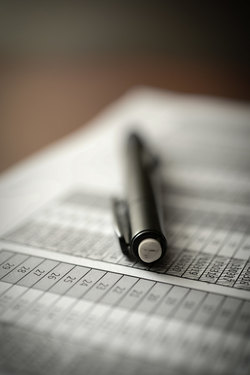 Goal: a personal or organizational desired end Projection: a calculation of some future thing These two terms are related but subtly different. Generally speaking, for a healthy organization, the projections drive the goal setting process. However, at some organizations, the goal is a different (and perhaps totally unrelated) number to what you project that you can actually raise. At some institutions, an unreasonable, unrealistic goal situation may arise from a team leader that doesn't understand the difference between a goal and a projection and they pick an arbitrary figure that sounds good. ("Let's raise 10% more this year than last year", for example.) Or, it may have come about because of real budgetary needs of the institution for unrestricted support. Creating projections is a tedious process requiring a patient analysis of past performance and building models for future performance. So, if you have a firm goal set before you that you know (or believe) you cannot reach, why should you bother to create elaborate projections? Here are three important reasons to do projections even if your goal is already set: 1) Projections will help you to pinpoint the shortfall Setting projections shows you where the program is not performing to expectations and why the goal is not feasible (assuming that's true). It helps you to tell the story to those in management of what is really happening with the fundraising. 2) The process may help you to identify potential areas of opportunity Projections can show you opportunities that you might have overlooked. You build your projections segment by segment and it is possible that you might have some new segments that you haven't solicited before or that you have a new strategy for. These may help you get closer to your goal. 3) You need the projections to become a lobbyist for your program. It's illogical to do the same thing every year and expect different results. With a projections spreadsheet, you can show what's possible with more budgetary resources. You can tell the story that with [this much] future investment in the program, [this much] more revenue can result. When you are planning any event (for fundraising or otherwise), it’s so important to have a generic checklist to go through during your planning so that you don’t miss something obvious. Most checklists you find online are geared for wedding or other non-professional events. So, I created my own.
Here’s the list of things you should think about when event planning. If you have small events inside a larger series of event (like a convention) you will want to go through this checklist for all of the smaller events and the event as a whole.
One of my first bosses introduced me to a little book called The E-Myth by Michael Gerber. I don’t even remember what the “e” stands for: Entrepreneurial, I think? But, what I do know is that it completely changed the way I thought about my work and I use the concepts in it every single day (more than 10 years later).
I was 23 years old and became the sole full time fundraiser for the 3rd largest political party in the country, The Libertarian National Committee. I had some staff to help me with gift processing and handful of interns but largely it was my show. I have no idea what made them think I was capable of this endeavor but I’m grateful for the myriad experiences that I got and the skills I couldn’t have otherwise developed. In particular, I was responsible for the management and cultivation of a monthly giving program that was the lifeblood of the organization. But, because it was really just me running the show, I think the Executive Director was a bit worried about the plan all being in my head. The classic question, “What if you got hit by a bus?” was one that he posed to me. He gave me the E-Myth to get me thinking about these issues. The E-Myth proposes that you shouldn’t always be working yourself out of a job. Yes, that’s right. You should document every routine task that you do so completely and thoroughly that you can delegate it to anyone and with minimal training they could execute the task in your place. I was hooked. Here was a way for me to empower my gift processors and interns to help me and reduce my daily stress and chaos. Process documentation is also the path to getting promoted. It is succession planning at its finest. It’s also just good management. You not only do the process documentation for your job but require that all of those who report to you do it as well. Now you have the basis for real accountability and knowledge of what everyone is doing at work. Today, process documentation is easier than ever to do efficiently and effectively. With screenshots and screen capture video software, you can train anyone to do routine computer button pushing tasks with complete accuracy. I highly recommend the E-Myth and encourage all organizations to begin the process of documenting their routine tasks. Creating an annual calendar of work with an accompanying training manual or video series seems dry and boring, but I assure you it changes the way you and all of those on your team approach the work. It is a productivity boost and an insurance policy all in one. A solid strategic plan is not an easy thing to write. Ideally, it should have a balance of big picture thinking and sufficient detail so that it can be implemented. A strategic plan cannot be pie-in-the-sky but it also cannot be a user’s manual full of which button to push.
I would advise that strategic planning begin with 3 steps:
Do you have staff and budget to promote planned giving opportunities? What can you afford to do in terms of direct mail, phonathon, donor relations, etc.? Don’t forget about crucial areas like stewardship and fulfillment (pledge follow up). Also, pay special attention to data integrity and enrichment. You cannot afford to ignore those important areas. Now, you have to combine your various vehicles for communication with the content: the case for support. What will you be focusing on this year? What are the needs of your institution? Scholarships? Program support? Operating expenses? What’s the impact that the donor will have in the world if they make a gift this year? Begin to weave these messages into thoughts about how to segment your data this year. The final part of your strategic part is to have a calendar. You know enough now to lay out the steps. Don’t go into too much detail but have a month-by-month list of what major action steps need to happen to accomplish your goals. Review this calendar regularly at staff meetings. It is inevitable that you won’t get to all your great ideas in one year. I’ve found it helpful to add a section at the end of my plan called “And Beyond” where I can stash my great ideas for future years. It keeps me inspired and helps me not to forget. Encourage other staff to join you in adding to that list throughout the year. Most importantly, the strategic plan cannot be a lifeless document. If you aren’t referencing it at least once a month (preferably more), it isn't working for you. Start over. Make it a living document that guides you to your goals. For many in the fundraising world, this week marks the end of the fiscal year and the beginning of another.
No matter how rough or chaotic this fiscal year may have been for you and your team, the good news about annual giving is that you get a chance to start over every July 1st (or whatever date your new year begins). Not every area of development has his benefit of a clean slate each year. Building campaigns must get done no matter the date on the calendar and if you come in the middle you can't start over, you have to start where you are and figure it out. So, take this chance to plan out your new year. Every mailing, every thing you did this year whether it was successful or not has provided you with valuable data in order to move forward in knowledge. Like New Year's Day, make some resolutions for this new year. Resolve to have a plan. Resolve to produce quality work that raises serious dollars for your organization. Resolve to be proactive and not reactive. Resolve to make this year better than the last one. |
Jessica Cloud, CFREI've been called the Tasmanian Devil of fundraising and I'm here to talk shop with you. Archives
June 2024
Categories
All
|

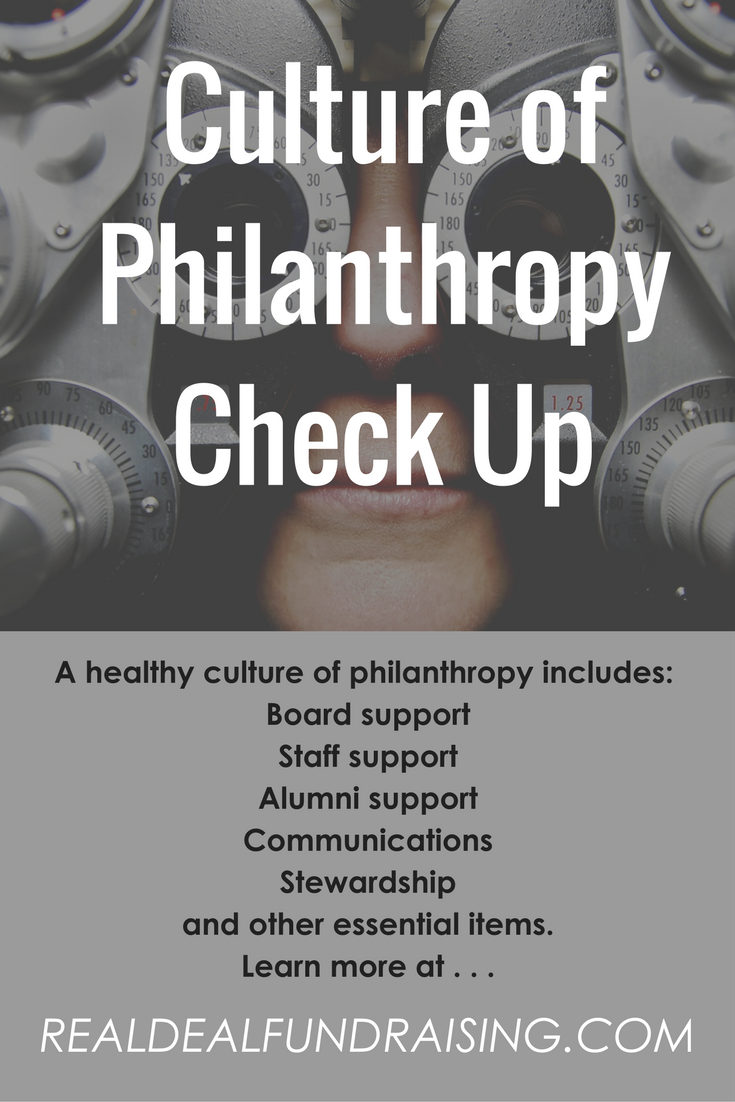


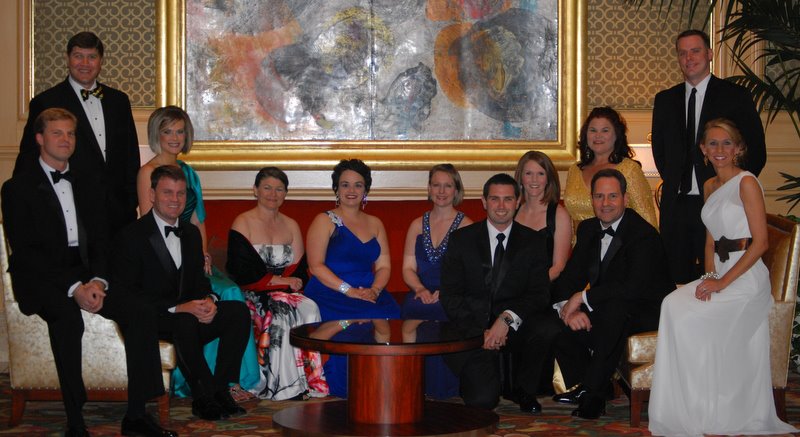
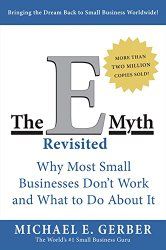
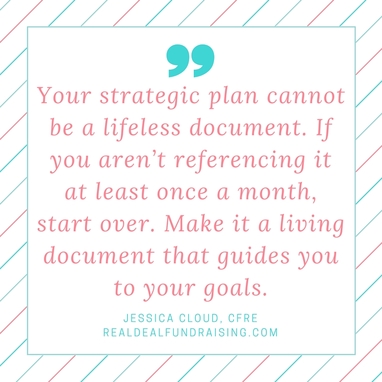

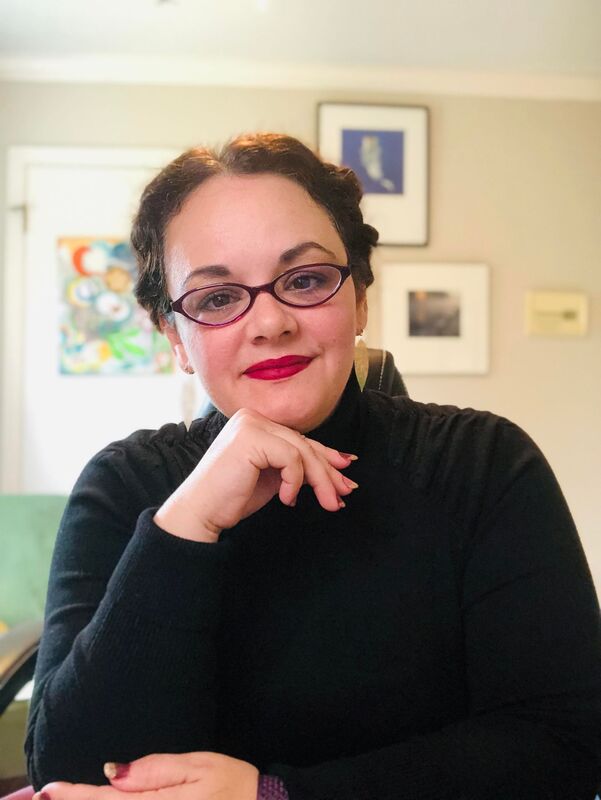
 RSS Feed
RSS Feed
